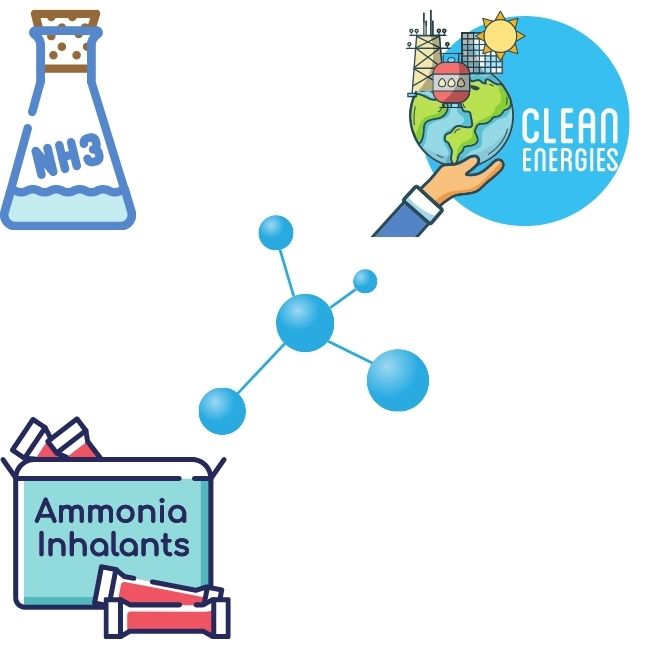
Clean energy from Ammonia – Discovery!
Recommended for Secondary Grades
Climate Change and Global Warming
Climate change continues to be a challenging area for researchers and scientists around the world. Environmentalists around the world warn us every year of increasing global temperatures. Mass Bleaching at the Great Barrier Reef, blurring our view of space, making our planet extremely hot, the negative effects are too many to list here. Ammonia plays a significant role in pollution.
Let’s meet Ammonia
At the fundamental level, Ammonia is a colourless gas with a strong smell. Most of the time, Ammonia is used as a fertilizer in agriculture. It is also used as a gas in refrigerators and cleaning, purifying water supplies. These are some of the uses of Ammonia. The problem lies not in the gas itself but around regulation, and the process of conversion to fuel. Although ammonia is the main source of nitrogen pollution, it has to be carefully managed.
Think about it, almost ninety per cent of Ammonia produced worldwide is used to sustain our food production.
Negative impact
When used in quantities that are not regulated, Ammonia impacts our lungs, ears, nose and throat. In addition, it impacts the plant and biodiversity. Thus, increased levels of unregulated ammonia emissions affect public health, as well as climate change.
Clean energy from Ammonia – Discovery!
A research team has discovered a way to convert ammonia to nitrogen gas, using an environmentally friendly process – ‘Clean energy from Ammonia’. The team believes this could be in a positive direction towards replacing carbon-based fuels. The new process avoids toxic byproducts that have a negative impact on the environment.
The researchers believe that eventually, the trend will shift to “green” ammonia. As research continues, the next challenge will be to generate ammonia from water and not hydrogen gas. The ultimate goal of scientists is to use water, air and sunlight to create a sustainable fuel.
At Curious Times, we absolutely love what we do. We strive each day to provide our little readers with the best experience and news. Curious Times Weekly, The Curious Magazine, and My Expressions are just a few ways for us to reach out to our readers. We present our readers with exciting and interesting content.
All over the world, school children find value and love our content! We want to be better each day, thus continue to seek your valuable feedback. That helps us to serve you better. What kind of news topics interest you? Write to us in the comments section below. We love to hear from our little readers. You could also connect with us via WhatsApp, Instagram, Facebook, Youtube, Twitter, LinkedIn.
0 (Please login to give a Curious Clap to your friend.)
